Blogs from the Field
A healthy future for wildlife, people, and planet.
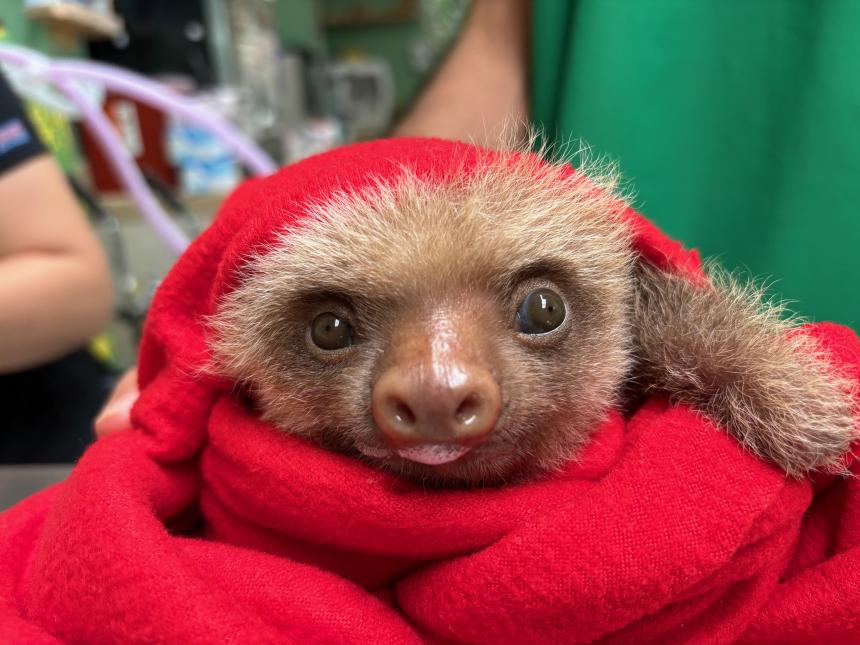
January 24, 2025
This past summer, I had the opportunity to work alongside the veterinarians at the Toucan Rescue Ranch (TRR) in San Isidro, Costa Rica. TRR provides veterinary care, enrichment, and rehabilitation for a diverse array of animals, including birds, sloths, felids, and more....
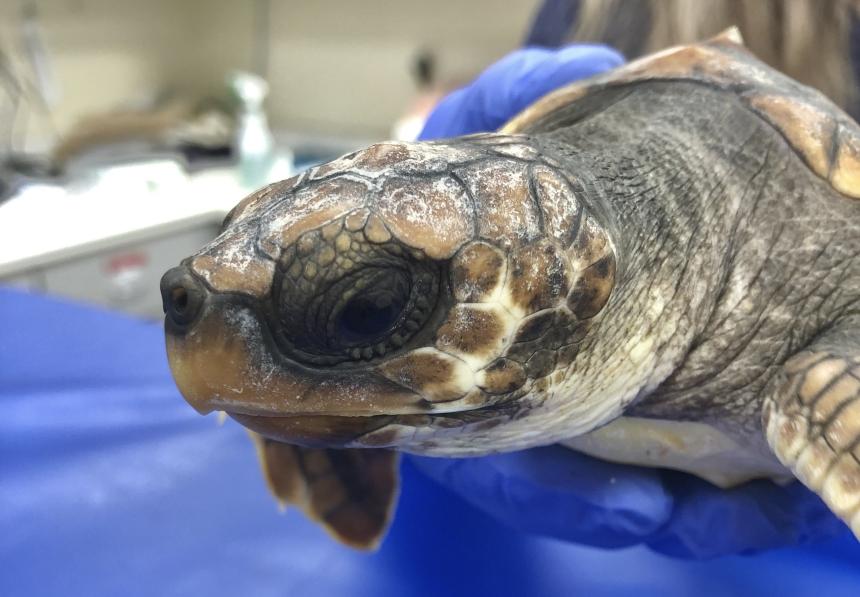
December 12, 2024
This past summer, I had the opportunity to travel to Jekyll Island, Georgia, where I served as a veterinary student extern at the Georgia Sea Turtle Center (GSTC). As part of the Jekyll Island Authority, GSTC provides rehabilitation, education, and research programs focused on conserving local wildlife and their habitats....
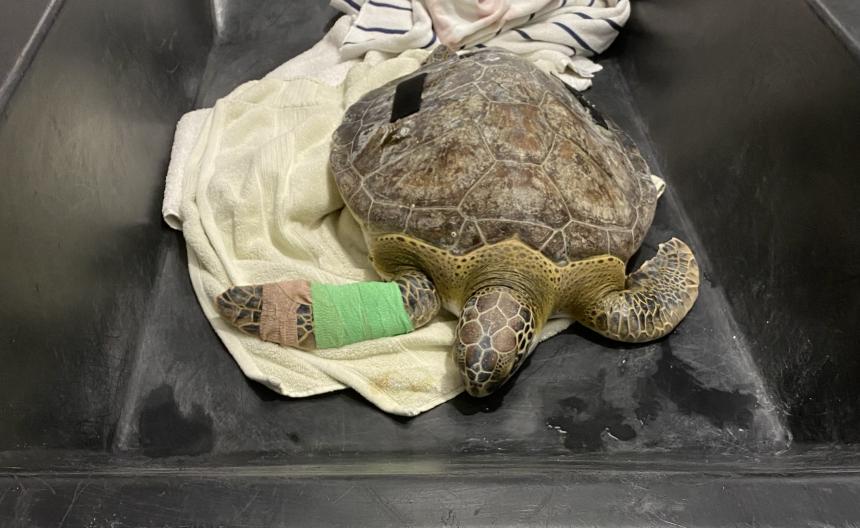
August 23, 2024
I grab a pair of gloves from the hospital and walk out into the tank area. I am not sure why I put gloves on - 90% of the time they get soaked anyway. As I approach the tank, the other veterinary extern heads into the storage area to grab a net. Turns out there is no need....
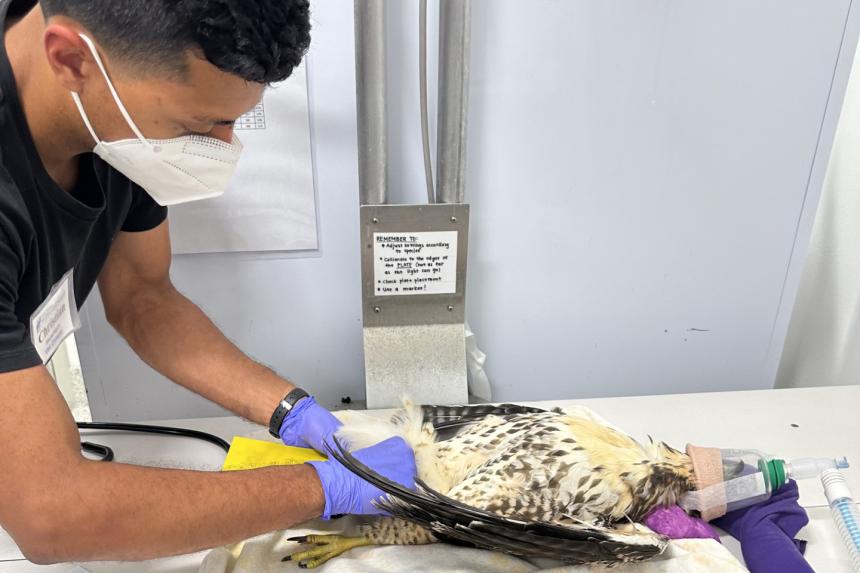
April 11, 2024
Santa Barbara is widely regarded as one of the most breathtaking coastal cities within the state of California. Home to perfect weather, beautiful beaches, five-star restaurants, and lively bars, it’s pretty safe to assume that I had a “wild” time and partied it up in this amazing city during the ten weeks I spent living there. Well, not exactly. Instead, I had a “wild” time treating wildlife at the Santa Barbara Wildlife Care Network (SBWCN) as a veterinary extern....
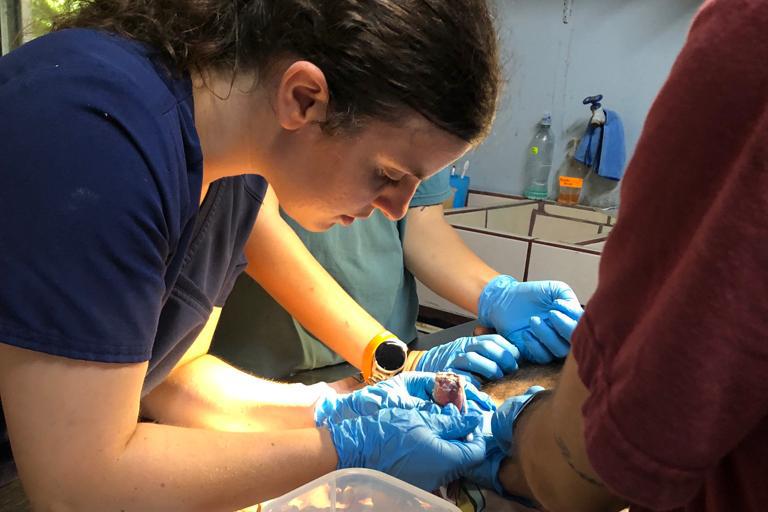
January 03, 2024
My heart hammers in my chest as I unlock the door to the enclosure, my eyes hunting through the mesh to find the animal inside. It’s not just the heat making my palms sweaty as I open the door and duck inside; it’s not just the exercise making me short of breath. Of all the animals in the clinic, this is the one that terrifies me the most: the one-armed, two-toed sloth named Ace....
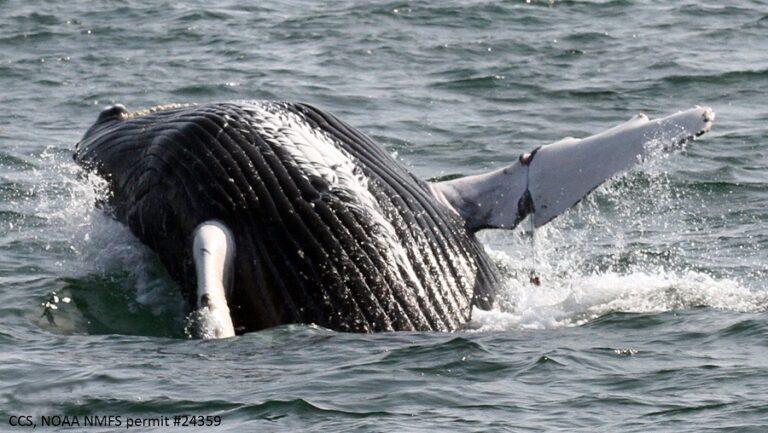
November 08, 2023
For my last summer before clinical rotations, I wanted to gain experience with marine animals. I was accepted as an intern with the International Fund for Animal Welfare (IFAW) Marine Mammal Rescue & Research (MMRR) program in Cape Cod, Massachusetts, a unique geographical area where tides and coastlines can suddenly trap a dolphin or whale in inches of water....
